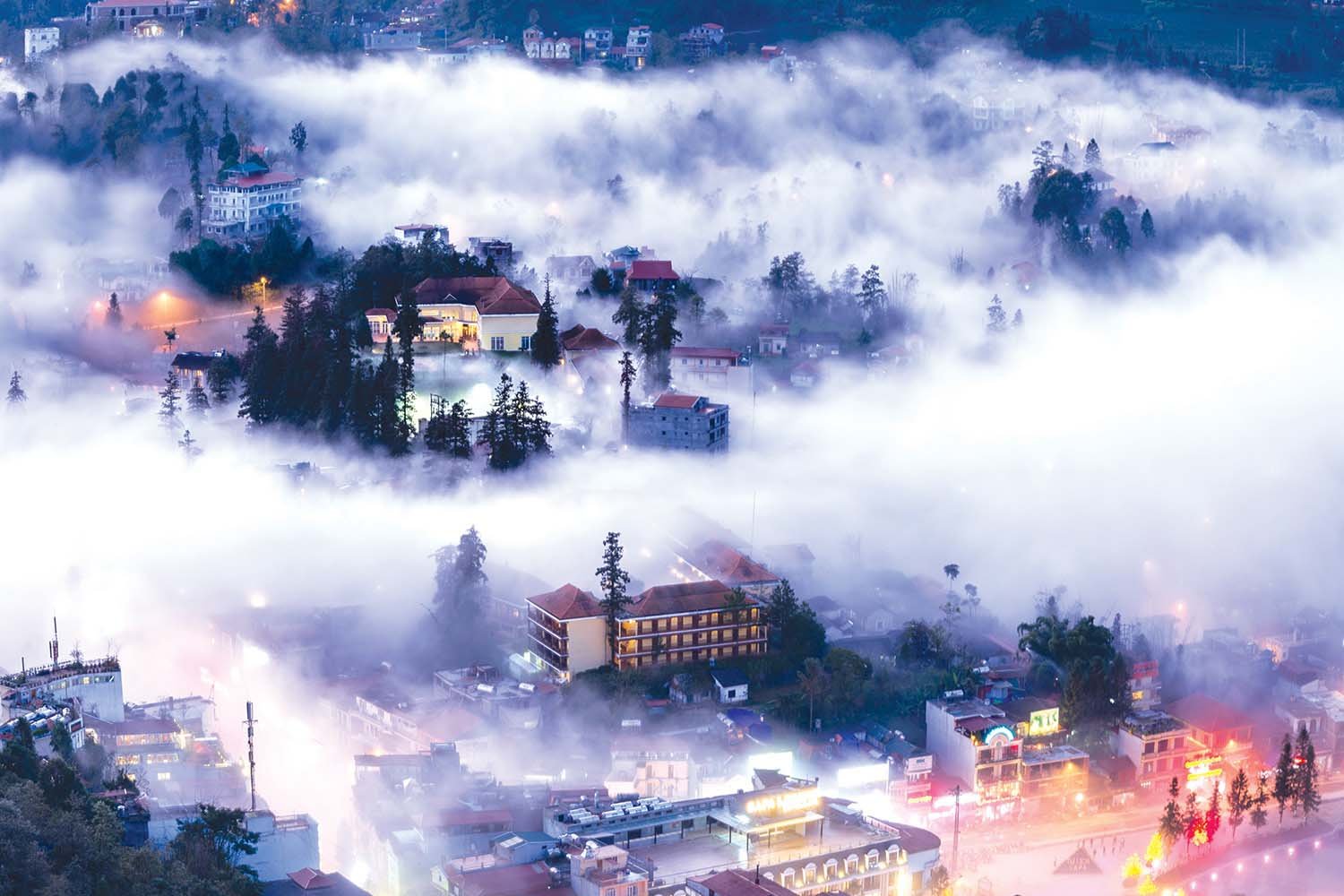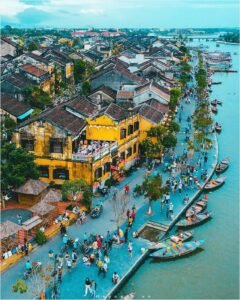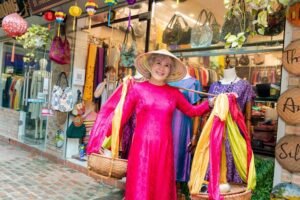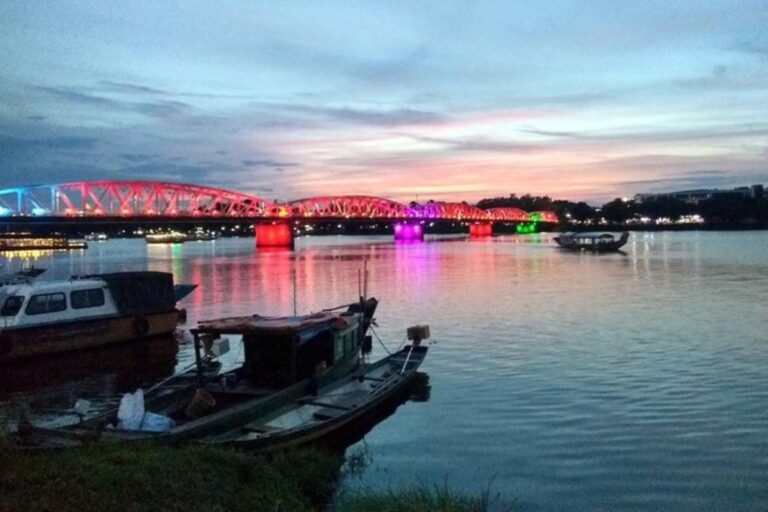One Pillar Pagoda: Exploring Hanoi’s Architectural Gem
When you think of Hanoi, Vietnam’s bustling capital, the mind instantly conjures images of ancient temples, serene lakes, and vibrant street life. But nestled within this energetic city is a tranquil and iconic historical landmark: the One Pillar Pagoda. Known for its unique design and deep cultural significance, the One Pillar Pagoda is a must-visit for those interested in Vietnam’s rich history and architectural beauty. This article delves into the story behind this unique structure and why it stands as a symbol of Vietnamese culture and spirituality 🤩!!
1. History of the One Pillar Pagoda
Origins and Construction
The origins of the One Pillar Pagoda trace back to the 11th century under the reign of Emperor Ly Thai Tong. Legend has it that the emperor, longing for an heir, had a dream in which the Goddess of Mercy (Quan Am) presented him with a son while seated on a lotus flower.
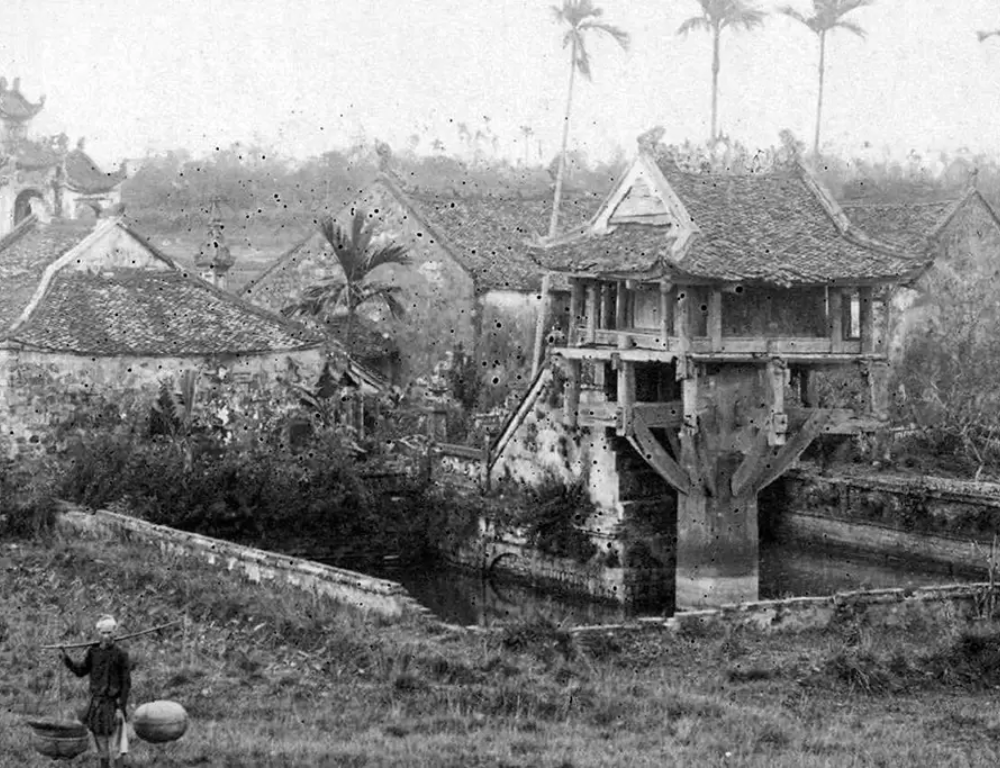

Shortly after this dream, he married and had a son, and in gratitude, he built the pagoda in the shape of a lotus flower rising from the water. The pagoda was constructed in 1049 as a tribute to the goddess and as a symbol of gratitude for his blessings.
Symbolism and Cultural Importance
In Vietnamese culture, the lotus is a symbol of purity, enlightenment, and resilience, as it grows in muddy waters yet remains untainted.
The design of the One Pillar Pagoda represents a lotus flower, emphasizing the connection between the structure and Buddhist teachings. Over the centuries, this pagoda has not only stood as a place of worship but also as a symbol of Vietnam’s deep spiritual roots and cultural identity.
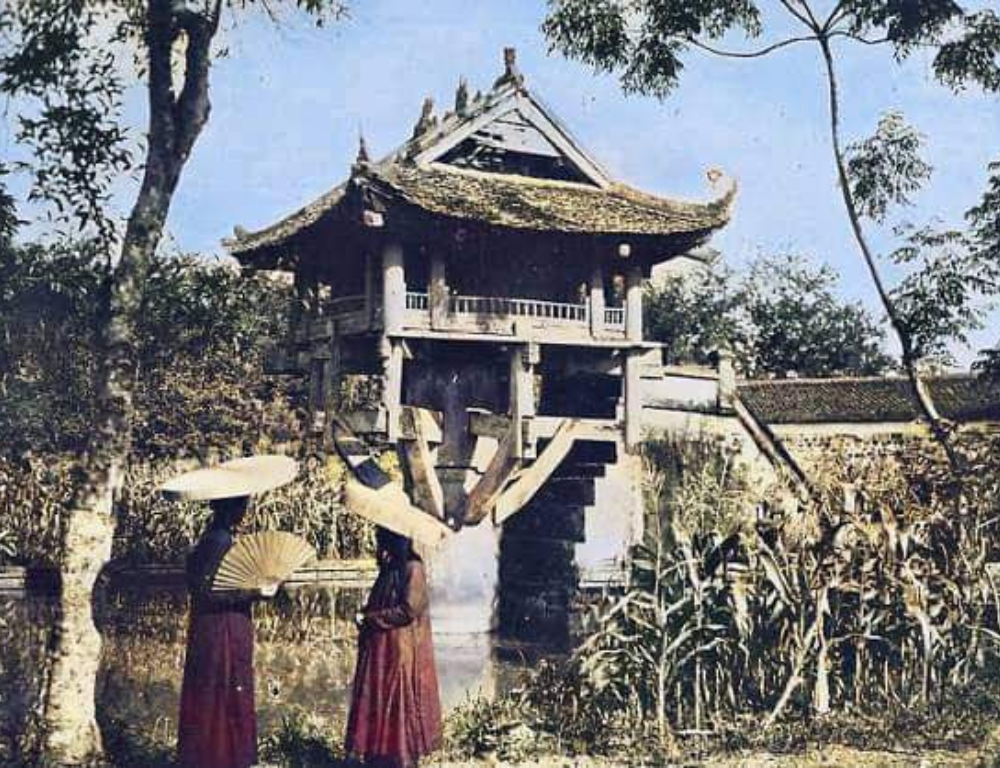

🔥 Immerse yourself in the city’s Oldest and Most Beautiful Temple: Tran Quoc Pagoda Hanoi
2. Architectural Marvel
Unique Design of the Pagoda
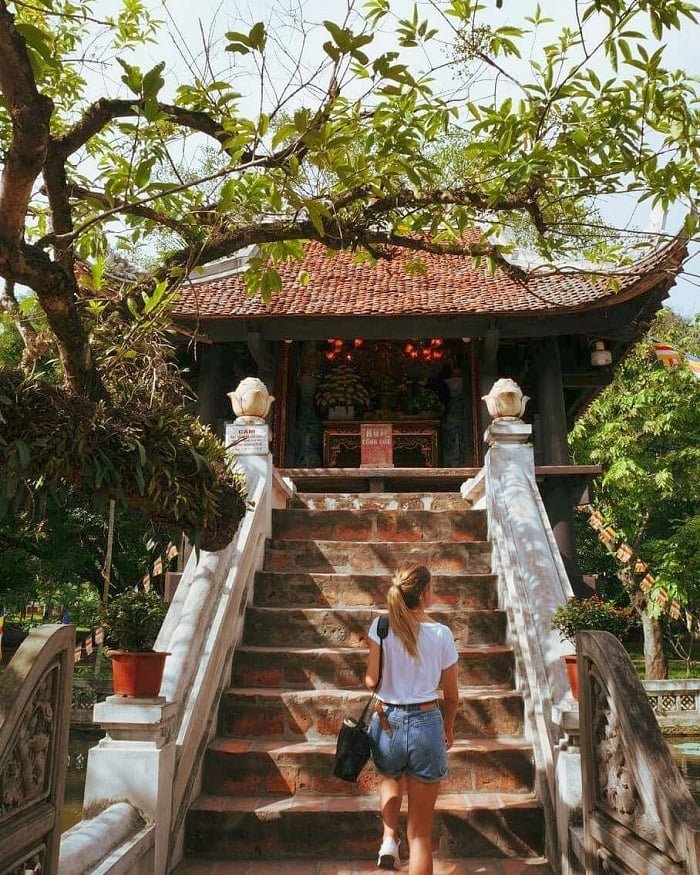

What sets the One Pillar Pagoda apart from other historical landmarks in Hanoi is its incredibly unique design. The pagoda is built atop a single stone pillar, standing in the middle of a small pond. The structure is intended to resemble a blooming lotus flower emerging from the water.
While it might seem simple at first glance, the balance of beauty and engineering is awe-inspiring. The architecture reflects traditional Vietnamese aesthetics while also embodying profound religious symbolism.
Engineering Behind the Design
The One Pillar Pagoda’s construction was an engineering marvel for its time. The original pillar was made of wood, which was later replaced with stone to ensure durability. The elevated design atop a single pillar symbolizes the spiritual elevation and the path toward enlightenment. Additionally, the pagoda is small in size, adding to its charm and intimacy as a spiritual site.
🔥 You might want to check out Hanoi Old Quarter: A Guide to Its Hidden Alleys & Historic Charm
3. Location and Surroundings
Setting in Hanoi
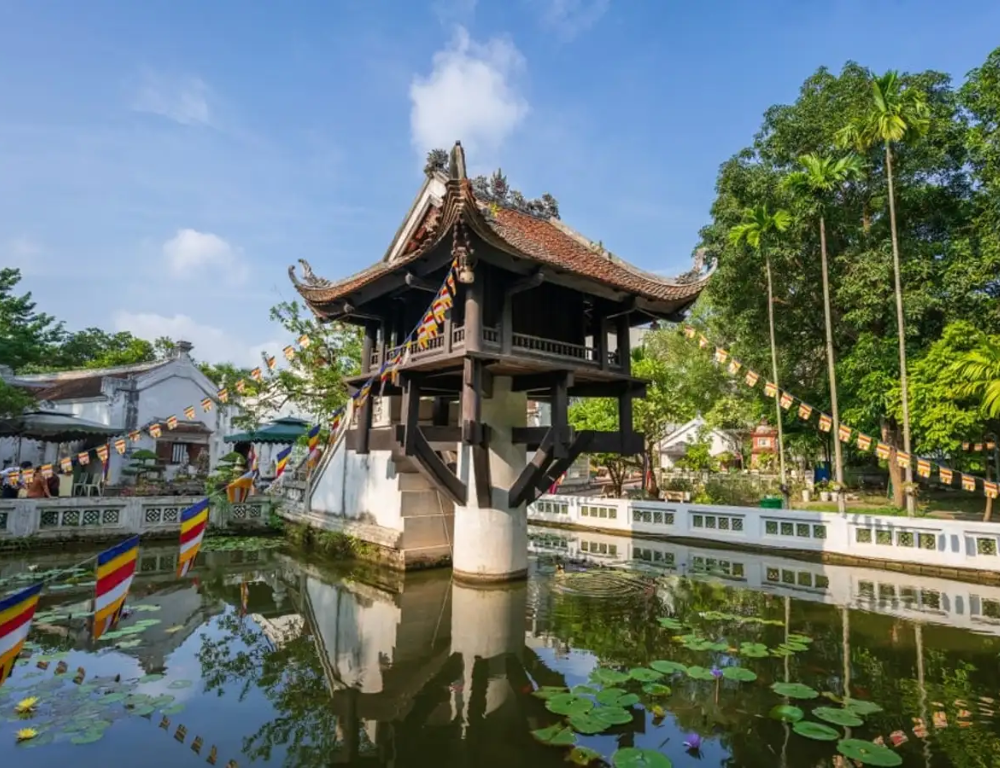

The One Pillar Pagoda is located in the Ba Dinh District of Hanoi, close to other major attractions such as the Ho Chi Minh Mausoleum and Presidential Palace. This proximity makes it an easy stop for anyone exploring the historic heart of the city. The pagoda sits in a quiet courtyard surrounded by lush gardens, providing a serene escape from the hustle and bustle of city life.
Gardens and Serenity
Surrounding the pagoda are beautiful gardens and a pond filled with lotus flowers, enhancing the peaceful atmosphere. The pagoda’s setting adds to the visitor experience, making it an ideal place for quiet reflection. The natural beauty surrounding the structure only enhances the symbolism of the lotus flower, promoting an ambiance of tranquility and peace.
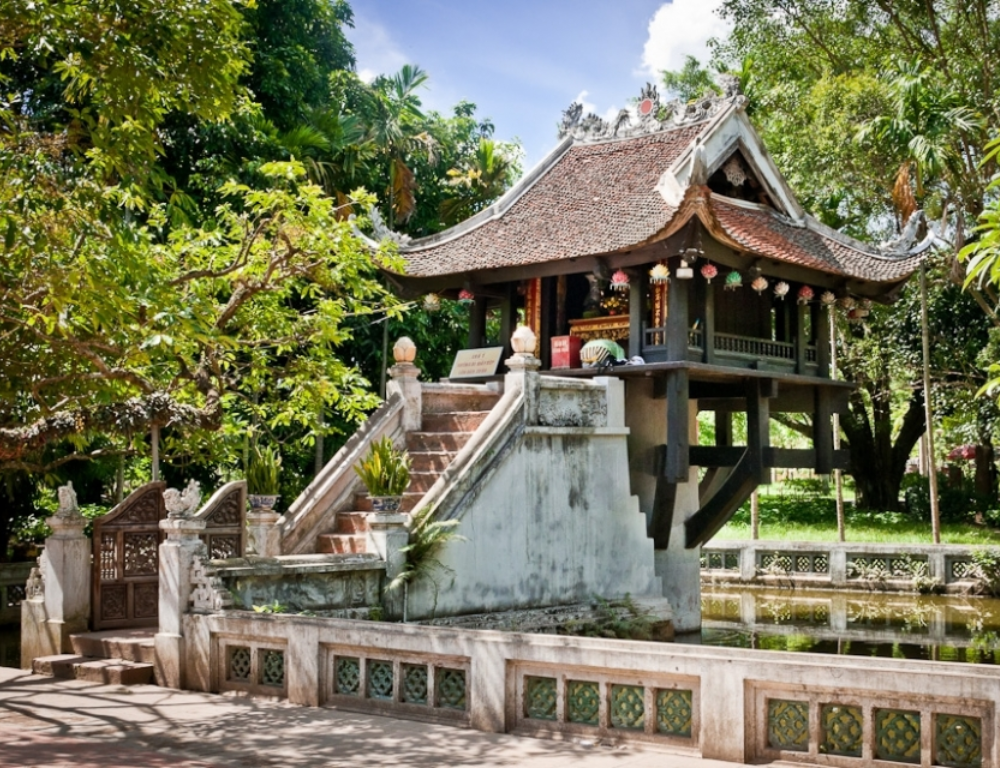
🔥 Want to learn more about Hanoi street food? Click here to read our in-depth guide.
4. One Pillar Pagoda in Modern Times
Preservation Efforts
Despite its long history, the One Pillar Pagoda has faced numerous challenges over the centuries, including damage during the French colonial period. Thankfully, multiple restoration efforts have been made to preserve this cultural icon. Today, the Vietnamese government works to maintain the pagoda, ensuring that its historical and architectural integrity remains intact for future generations.
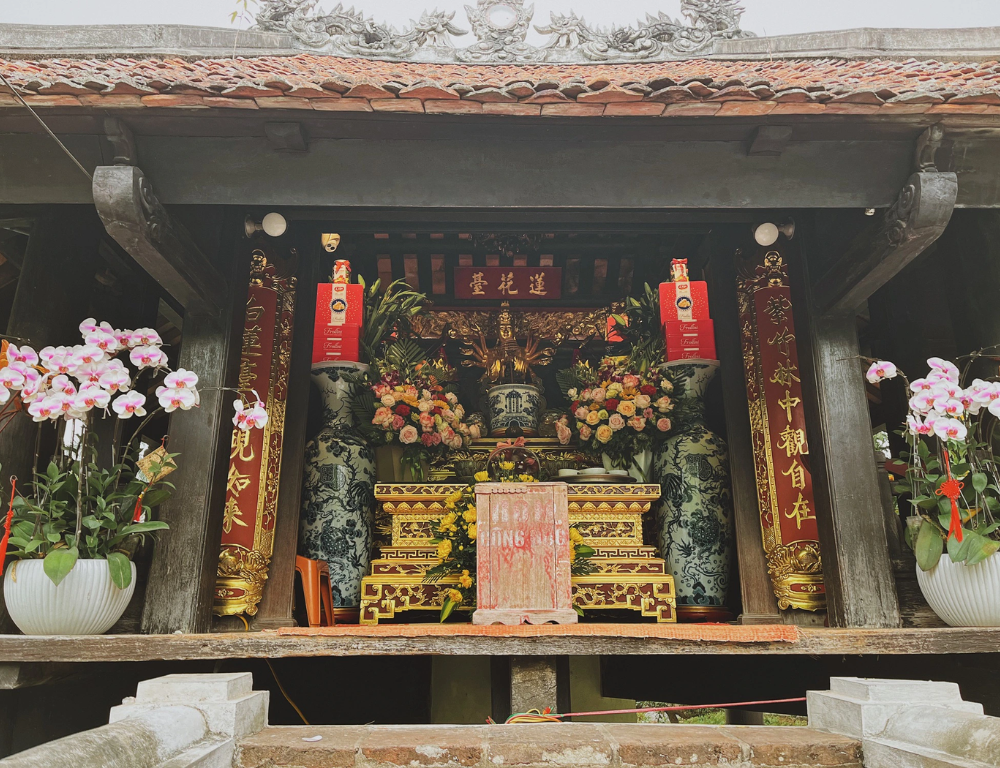

Modern-Day Relevance
In modern times, the One Pillar Pagoda continues to be a place of pilgrimage for Buddhists and an important tourist attraction. Locals still visit the site to pray for good fortune, especially during festivals. The pagoda is often at the center of celebrations such as Vesak, which marks Buddha’s birthday, attracting both locals and tourists eager to witness its beauty.
📸 Contact us via WhatsApp or follow Sun Getaways Travel Fanpage to get the best information for your Hanoi trip. Or follow these posts to get the details if you want to:
5. Why You Should Visit the One Pillar Pagoda
Cultural Experience
Visiting the One Pillar Pagoda offers a deep dive into Vietnamese culture, history, and spirituality. Whether you are a history buff or a spiritual seeker, this pagoda provides a window into the past while showcasing Vietnam’s rich Buddhist traditions. The experience is not only educational but also spiritually enriching.
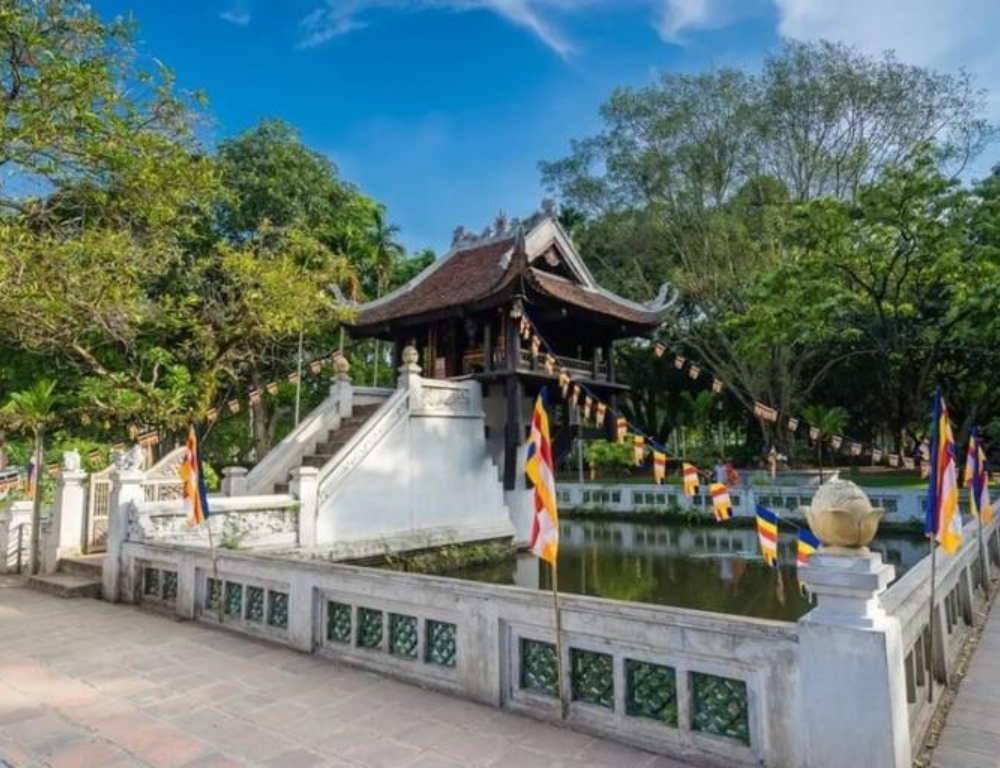

Photography Opportunities


The striking beauty of the One Pillar Pagoda, especially with its reflection shimmering in the lotus pond, makes it a favorite among photographers. The early morning or late afternoon light offers the best conditions to capture the pagoda’s charm. Whether you are a professional photographer or simply love snapping beautiful images, this landmark provides stunning visuals.
🇻🇳 Outfit & Photography Tips: When visiting the One Pillar Pagoda, it is recommended to wear modest attire such as long pants or skirts and covered shoulders. Consider wearing an “ao dai”, Vietnam’s traditional long dress, for a truly authentic and photogenic experience.
🔥 Discover the secrets of Dong Xuan Market in our latest blog post.
6. How to Get There
Directions and Public Transport
The One Pillar Pagoda is easily accessible from various parts of Hanoi. If you’re in the Old Quarter, it’s a quick trip by taxi, bus, or motorbike. For those using public transport, several bus lines stop near the Ba Dinh District. If you’re feeling adventurous, renting a bicycle or walking is a great way to explore the area.
Nearby Attractions
In addition to the One Pillar Pagoda, there are several other historical landmarks in Hanoi nearby that are worth visiting. The Ho Chi Minh Mausoleum, Ho Chi Minh Museum, and the Temple of Literature are just a few. Combining these historical landmarks into one trip gives you a deeper understanding of Hanoi’s rich history.


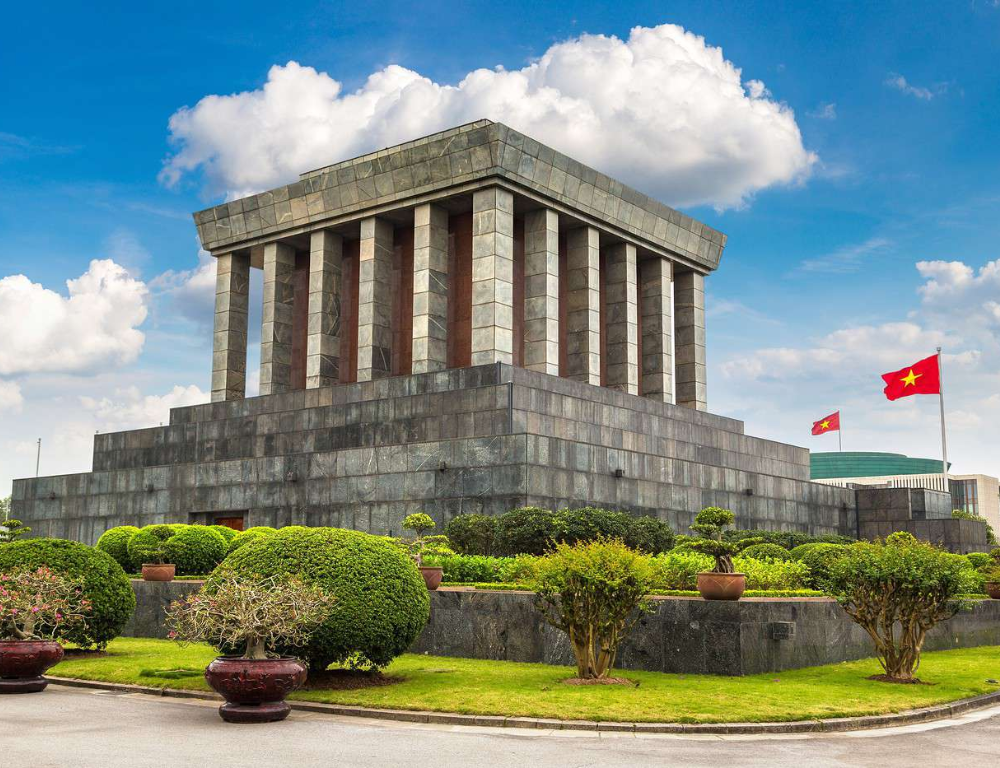

🔥 For a deeper dive into Hanoi Transportation, check out our complete guide for travelers.
7. FAQs
- What is the best time to visit the One Pillar Pagoda?
The best time to visit is during the early morning or late afternoon when the light is soft, and the crowds are smaller. - Is there an entrance fee to the One Pillar Pagoda?
No, entrance to the pagoda is free, but donations for the upkeep are welcomed. - How long does it take to explore the pagoda?
A visit typically takes about 30 minutes to an hour, depending on your pace and interest in photography. - Is the One Pillar Pagoda wheelchair accessible?
Unfortunately, due to its historic structure, the pagoda is not fully wheelchair accessible. - Can I pray at the One Pillar Pagoda?
Yes, the pagoda is still an active place of worship, and visitors are welcome to pray respectfully.
The One Pillar Pagoda is a unique piece of Hanoi’s historical and spiritual landscape. With its rich history, architectural marvel, and serene surroundings, it offers visitors a peaceful retreat in the heart of the city. As a historical landmark, the pagoda provides insight into Hanoi’s past. Whether you are a history enthusiast, a spiritual seeker, or simply someone looking for a moment of tranquility, the One Pillar Pagoda is a must-see destination. Its serene atmosphere and iconic image make it a truly unforgettable experience.
Experience Vietnam like never before with Sun Getaways Travel. Our all-inclusive trips cover every detail, from accommodations and transportation to unforgettable experiences. Ready to embark on your next adventure?
Ask a question
Leave a Comment (0)
No questions yet. Be the first to ask a question!





